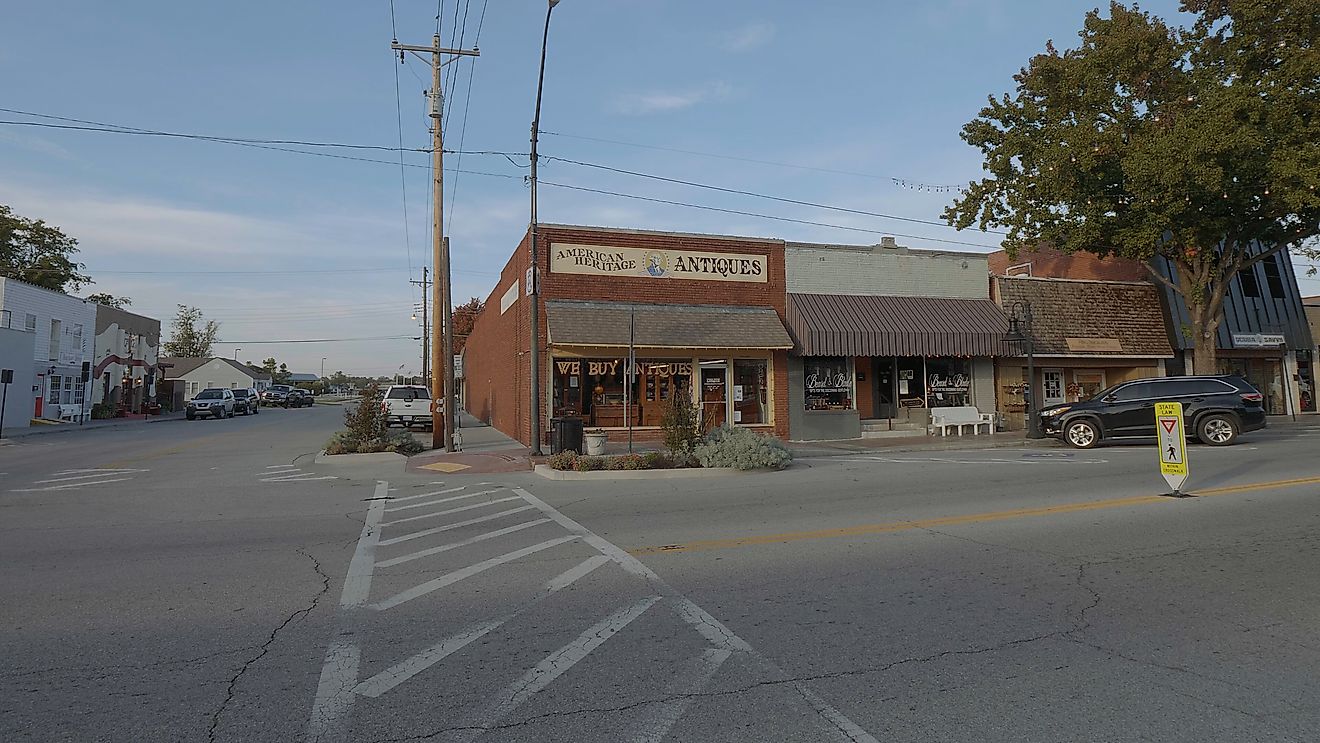Ganvie, Benin - Unique Places Around the World

Lying in the middle of Lake Nokue, north of the city of Cotonou in Benin, is a stunning unique village, Ganvie, commonly referred to as the Venice of Africa. Ganvie is the largest floating city in Africa, making it a major tourist destination for travelers across the globe. People have lived on this stilt city for centuries with no intentions of moving. The word Ganvie actually means "we survived". The habitats have developed an intricate and prosperous culture within the constraints of life on the lake. Its unique setting and stunning scenery make it one of the undeniable must visit places in Africa.
5. Habitat
Today, Ganvie has a population of over 20,000 people who live in approximately 3,000 homes built on still waters. The homes have been built with different designs where some have terraces giving a serene view of the shallow waters while others are audacious and imaginative. The houses are mainly made of bamboo and are changed annually. There a few domesticated animals, which are used for transportation on land. Donkeys are the only domesticated animals and are maintained on plots of grass that spring up from the water. The water surrounding the village is salty and due to the level of activity in the area so the villagers have sunk a borehole to provide fresh water. In spite of the innovations and modernization that tourists tend to bring on board, Ganvie has retained its traditional habitat. The lacustrine and semi lacustrine islets remain the same and the villagers still harmonize with the natural environment to advance their lives. The water people heavily rely on the complicated network of underwater fencing to farm fish. However, the extensive network of hyacinth that grows on the lake has affected the coral farms.
4. Uniqueness
For the last 500 years, the Tofinu people built their homes with silts raised a few feet from sea level. It is the only human settlement of its kind in the world. It is hard to imagine how one would conduct all their activities in an environment that seems very uncomfortable to many. Those living in Ganvie are already content with their lifestyle at the lake and most of them do not show signs of abandoning their lives for an alternative on dry land.
3. Tourism
Ganvie is a major tourist destination, especially for travelers who want experience unique escaped living on a lake. UNESCO’s World Heritage has already documented the city as a tourist attraction because of the uniqueness and beautiful legends, remarkable history, and spectacular architecture. Visiting Ganvie is an exceptional experience out of the ordinary. There is no better way to enjoy a lake village than drifting lazily in a pirogue with young kids paddling boats and a maze of tiny circling picturesque houses. The Chez Raphael Hotel, Restaurant and Gift Shop in Ganvie is the major stop over for tourists to enjoy the delicacies of the Tofinu people. Most people coming to visit the city prefer day trips. Not because the hotels are not comfortable, but most tourists are skeptical and do not find it pleasurable to adapt to living on the lake. However, there are good hotels on land right next to the boarding boats that offer tourists with good accommodation and travel packages to the magical city.
2. Description
The magical city of Ganvie is located in the lower southern part of Benin on Lake Nokoué. The Portuguese who came to Benin in search of slaves established the city in the sixteenth century. Those living in the now called Cotonou town fled from their land to avoid slavery and sought refuge in Ganvie. Due to the fear of being enslaved and constant threats from the Dom-Homey tribe, the Chief of the Tofinu tribe gathered his people and came up with the idea living on the waters. According to the Tofinu religious beliefs, it was against their customs for anyone to threaten people who lived in the water since they were believed to be the gods would punish perpetrators. The name itself comes from the Tofinu language meaning “we survived.” The entire city is built on water apart from a school, which is the only building set on dry land. The only possible means of transport to and from the city, or even from house to house is through wooden boats cut from wood.
1. Threats
The beautiful lake city of Ganvie is facing environmental problems which pose a major threat to both human and aquatic life. The deposition of all kinds of domestic solid waste and the leaded gasoline from the pirogues has led to chronic effects. Lack of a properly developed sewer system makes the lake water unsuitable for human consumption. Tourists are even cautioned against swimming in the lake to avoid contamination, although it should not be the case. However, tourists have been blamed for introducing the quick pirogues rather than using the traditional boats to navigate within the town. In addition, due to decades of overfishing, increased number of fishermen, and the filling of the lake with sand, it is reported that fishing is on the decline and the practice has become less profitable due to tourism. The women, who are the breadwinners, claim that if nothing is done to save the fishing industry, it will decline and become only a part of history. If not controlled, the environmental impact could cost a distinction of the magical city. With tourism booming in Ganvie, there should be measures put into control to reduce pollution.











